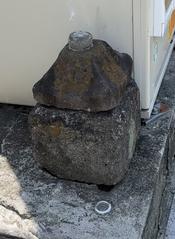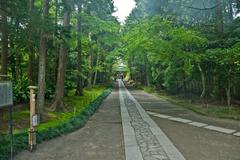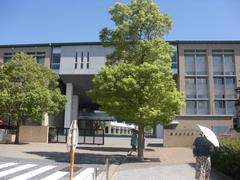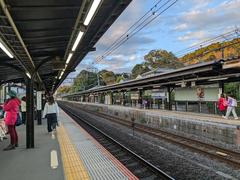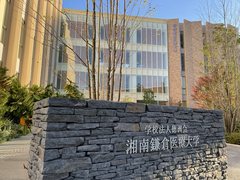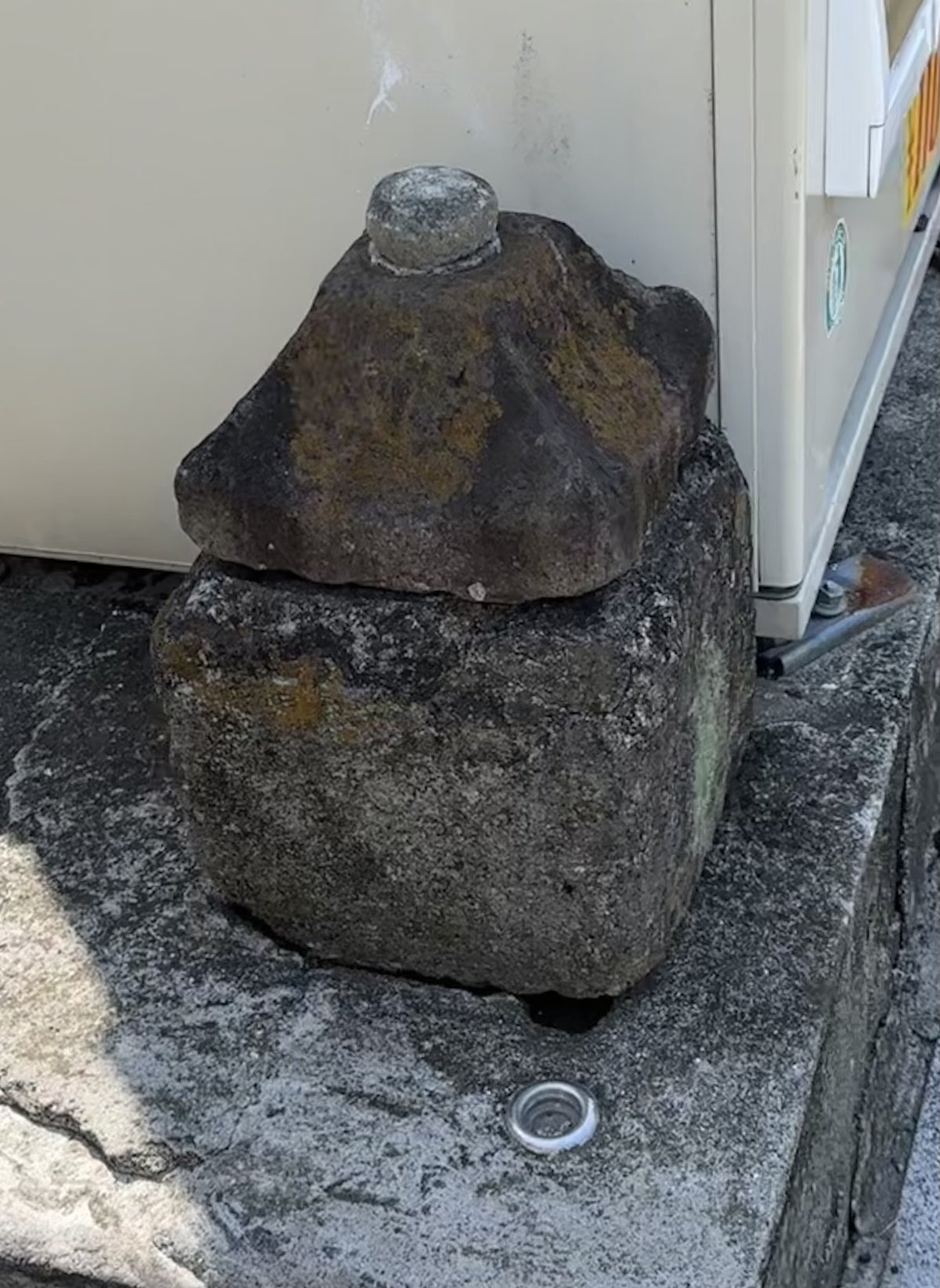
Tora No Tsuji Kamakura Japan: Visiting Hours, Tickets, and Complete Travel Guide
Date: 14/06/2025
Introduction
Tora No Tsuji (虎ノ辻), or “Tiger’s Crossroads,” is a historic intersection in Kamakura, Japan, renowned for its deep connections to the city’s samurai heritage and feudal past. As a key site during the Kamakura period (1185–1333), Tora No Tsuji once served as a strategic junction, ceremonial gateway, and spiritual boundary within the medieval capital. Today, it offers visitors a unique opportunity to experience Kamakura’s living history through preserved streetscapes, cultural festivals, and proximity to iconic temples and shrines.
This comprehensive guide covers Tora No Tsuji’s historical significance, visitor information (including hours, ticketing, and accessibility), nearby attractions, seasonal highlights, and essential tips—ensuring you make the most of your journey through Kamakura’s samurai-era crossroads.
For expanded planning resources, consult the Kamakura City Official Tourism website, Japan Guide, and Kamakura Guide.
Table of Contents
- Introduction
- Historical and Cultural Background
- Strategic Importance in the Kamakura Period
- Spiritual and Symbolic Significance
- Architectural and Environmental Features
- Visiting Hours, Tickets, and Accessibility
- How to Get There
- Nearby Attractions
- Seasonal Highlights & Festivals
- Practical Visitor Tips
- Frequently Asked Questions (FAQ)
- Conclusion & Next Steps
- References
Historical and Cultural Background
Tora No Tsuji occupied a strategic location during the Kamakura period, when Kamakura was Japan’s first military government capital under the rule of the shogunate (Japan Guide). The intersection connected key routes for samurai, officials, and pilgrims moving between the city’s administrative centers, temples, and outlying districts. While no grand medieval structures remain, the area’s footprint is preserved in the city’s layout, stone markers, and interpretive signage, allowing visitors to sense the spirit of old Kamakura.
Strategic Importance in the Kamakura Period
During the Kamakura era, Tora No Tsuji served as a vital checkpoint and ceremonial gateway, controlling access between key districts and providing defense during conflicts such as the 1333 siege (Facts and Details; World History Encyclopedia). Its proximity to the “Kamakura Kiritoshi” (narrow mountain passes) made it a crucial point for monitoring movement and safeguarding the city.
Spiritual and Symbolic Significance
Crossroads in Japanese culture are often regarded as liminal spaces—points where the human and spiritual worlds converge. Tora No Tsuji, located near temples like Tsurugaoka Hachimangu and Kencho-ji, was historically an entryway for religious processions and pilgrimages (Japan Experience). Purification rituals and spiritual practices at the crossroads reflect its enduring role as a bridge between the sacred and the secular.
Architectural and Environmental Features
Though Tora No Tsuji lacks large surviving medieval buildings, its character endures in traditional wooden houses, stone markers, and narrow, winding streets that retain the ambiance of feudal Kamakura (Kamakura Guide). The area is especially beautiful in spring (cherry blossoms) and early summer (hydrangeas), with lush greenery and seasonal flowers framing the historic streets.
Visiting Hours, Tickets, and Accessibility
- Visiting Hours: Tora No Tsuji is an open public space, accessible year-round and 24 hours a day. For safety and the best experience, it is recommended to visit during daylight hours (7:00 AM–6:00 PM).
- Tickets: No entrance fee or ticket is required to visit Tora No Tsuji. Some nearby temples (e.g., Kencho-ji, Hase-dera) charge modest admission fees (around 300–500 yen).
- Accessibility: The area features narrow, sometimes uneven, historic lanes. Most major paths are pedestrian-friendly, but those with mobility concerns should plan ahead. Some guided tours accommodate accessibility needs.
How to Get There
- From Kamakura Station: Tora No Tsuji is a 10–15 minute walk from Kamakura Station. Follow well-marked signs or use multilingual maps from the Kamakura Tourist Information Center (Japan Guide; JW Web Magazine).
- By Public Transport: Kamakura is connected by the JR Yokosuka Line and Enoden Line, with direct access from Tokyo in about an hour.
- On Foot: The area is ideal for walking tours, with easy connections to nearby temples, shrines, and historical routes.
Nearby Attractions
- Tsurugaoka Hachimangu Shrine: Kamakura’s principal Shinto shrine, open 5:00 AM–8:30 PM, free admission (Japan Activity).
- Komachi Street (Komachi-dori): Bustling shopping and food street featuring traditional snacks and souvenirs (Live Japan).
- Kōtoku-in (Great Buddha): Iconic 13.35-meter bronze Buddha, open 8:00 AM–5:30 PM, 300 yen admission (Knycx Journeying).
- Hase-dera Temple: Renowned for hydrangea gardens and views of Sagami Bay, open 8:00 AM–5:00 PM, 300 yen admission (Knycx Journeying).
- Sasuke Inari Shrine: Tranquil shrine with red torii gates, open 7:00 AM–5:00 PM, free admission (Asian Wanderlust).
- Engaku-ji, Tokei-ji, Jochi-ji Temples: Historic Zen temples near Kita-Kamakura Station, generally open 8:30 AM–4:30 PM.
Seasonal Highlights & Festivals
- Spring (March–April): Cherry blossom hanami at shrines and along Dankazura (Adventure Backpack).
- Early Summer (June–July): Hydrangea blooms at Hase-dera and Meigetsu-in. Timed entry may be required during peak days (Knycx Journeying).
- Summer (July): Kamakura Fireworks Festival (July 18, 2025), best viewed from Yuigahama Beach (Kamakura Rakuan Hanare).
- Autumn (October–November): Fall foliage at temples and the Autumn Festival at Tsurugaoka Hachimangu (Japan Activity).
- Winter (January): New Year’s hatsumode at shrines, with festive stalls and traditional performances (Japan Activity).
- Year-Round: Regular cultural events, art exhibitions, and temple markets.
Practical Visitor Tips
- Footwear: Wear comfortable shoes for walking on uneven paths and exploring trails.
- Weather: June is the rainy season—bring an umbrella; summers are humid, springs and autumns mild.
- Cash & Payments: Some shops and temples require cash; ATMs are available at Kamakura Station (JW Web Magazine).
- Luggage Storage: Coin lockers at Kamakura Station for day-trippers (Japan Guide).
- Etiquette: Be respectful in sacred spaces—observe silence, bow at torii gates, and follow photography rules.
- Facilities: Restrooms are available at the station and major temples; dining options abound on Komachi Street.
Frequently Asked Questions (FAQ)
Q: Is there an entrance fee for Tora No Tsuji?
A: No, the crossroads are open to the public and free to access.
Q: What are the best times to visit?
A: Early mornings in spring (cherry blossoms) and early summer (hydrangeas) offer the best scenery and fewer crowds.
Q: How do I get to Tora No Tsuji from Tokyo?
A: Take the JR Yokosuka Line or Enoden Line to Kamakura Station, then walk about 10–15 minutes.
Q: Is Tora No Tsuji accessible for wheelchairs?
A: Main routes are accessible, but some paths are uneven. Check with the tourist center for assistance.
Q: Are guided tours available?
A: Yes, local operators offer guided walking tours covering Tora No Tsuji and nearby sites.
Conclusion & Next Steps
Tora No Tsuji stands as a living testament to Kamakura’s samurai legacy and cultural vibrancy. By exploring this historic crossroads—freely accessible year-round—you can immerse yourself in centuries-old traditions, witness dynamic seasonal festivals, and experience the enduring spirit of Kamakura. Plan your journey with official tourism resources, consider timing your visit for seasonal events, and deepen your exploration with guided tours and local cuisine.
For further information, maps, and updates, visit the Kamakura City Official Tourism website, Japan Guide, and Kamakura Guide.
Call to Action:
Enhance your Kamakura adventure with the Audiala app for real-time guides, interactive maps, and updates. Stay connected for the latest travel tips and cultural insights.
References
- Kamakura City Official Tourism
- Japan Guide
- Kamakura Guide
- Facts and Details
- World History Encyclopedia
- Japan Experience
- JW Web Magazine
- Live Japan
- Knycx Journeying
- Asian Wanderlust
- Adventure Backpack
- Kamakura Rakuan Hanare
- Japan Activity
- Snow Monkey Resorts
